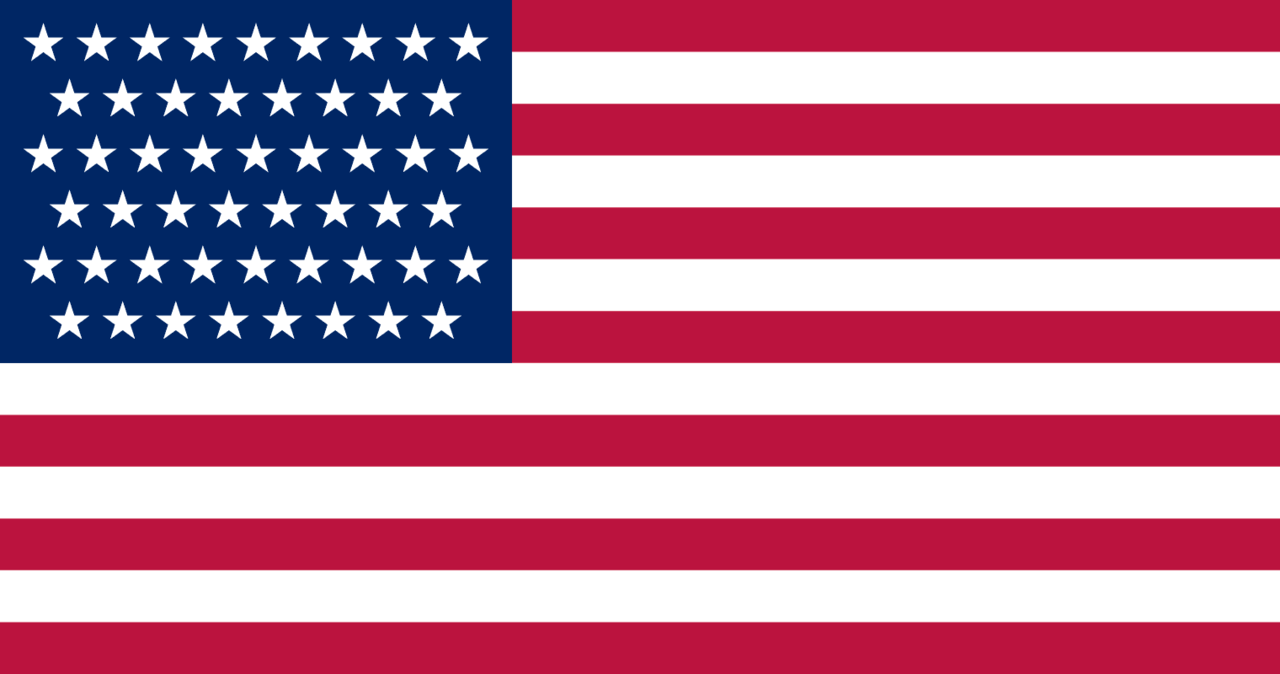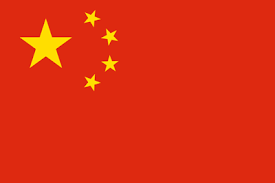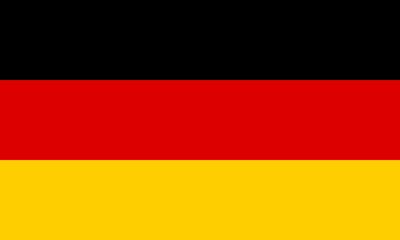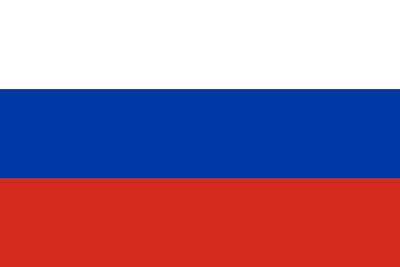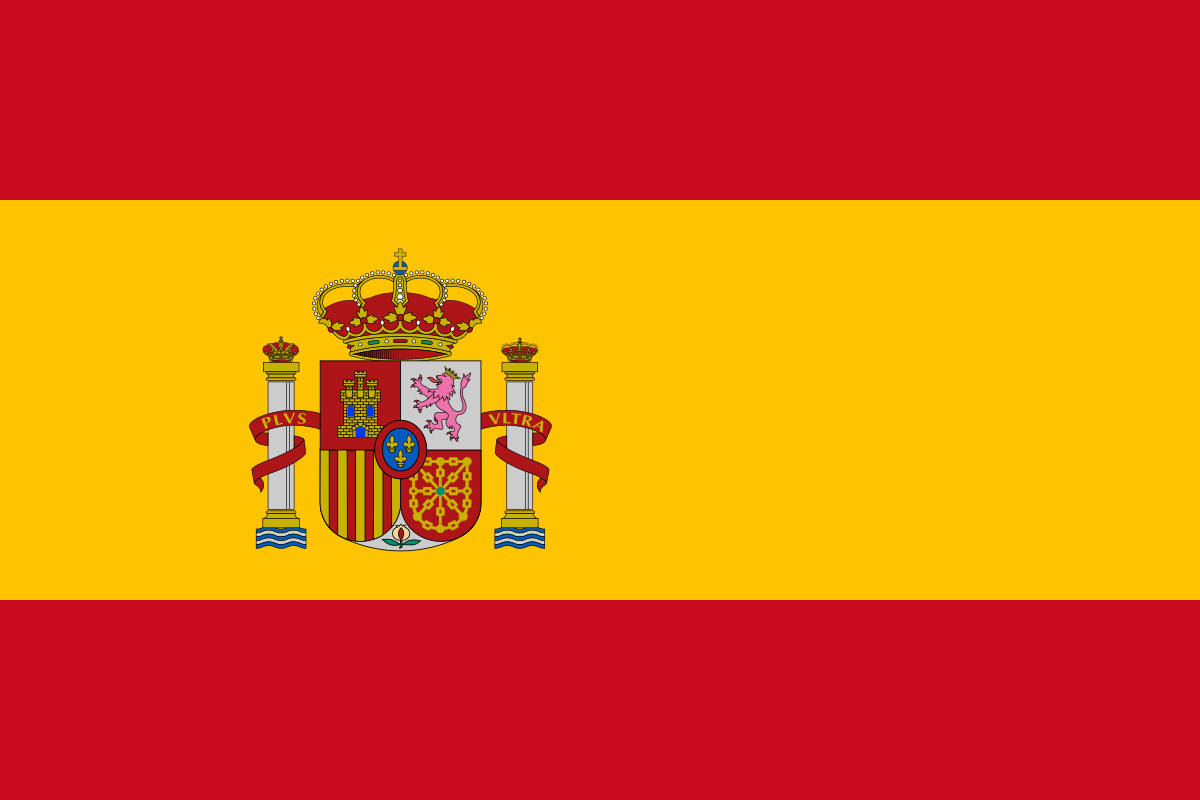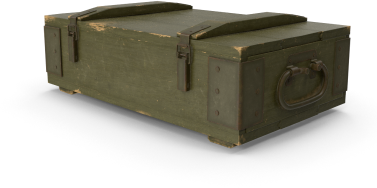Have you always dreamed to follow the footsteps of your next of kin while taking the opportunity to discover the European Heritage sites, the local history, culture and gastronomy and stay in unique places?
Through traveling with us you will find meaning!
Normandy American Heroes will give you the opportunity to explore the land of your heritage and honor your next of kin fighting for our freedom during the WWII European campaign.
History will speak to you!
Normandy American Heroes team "Know How" will help you realize your dream of following the path of freedom that your NOK laid while in Europe.
The 1st Infantry Division is just an example of how we prepare the ground work based on the number of days you have, the number of people traveling etc... for a unique private memorable tour you will cherish for years to come like so many of our guests in the past years!
Note: Normandy American Heroes team has all the AAR (After Action Report) of the European Theater and, among our priceless collection, the First U.S. Army report of Operations declassified and signed by General Bradley, the West Point WWII European Theater campaign maps, the Green Military books published in the 1950s etc...!
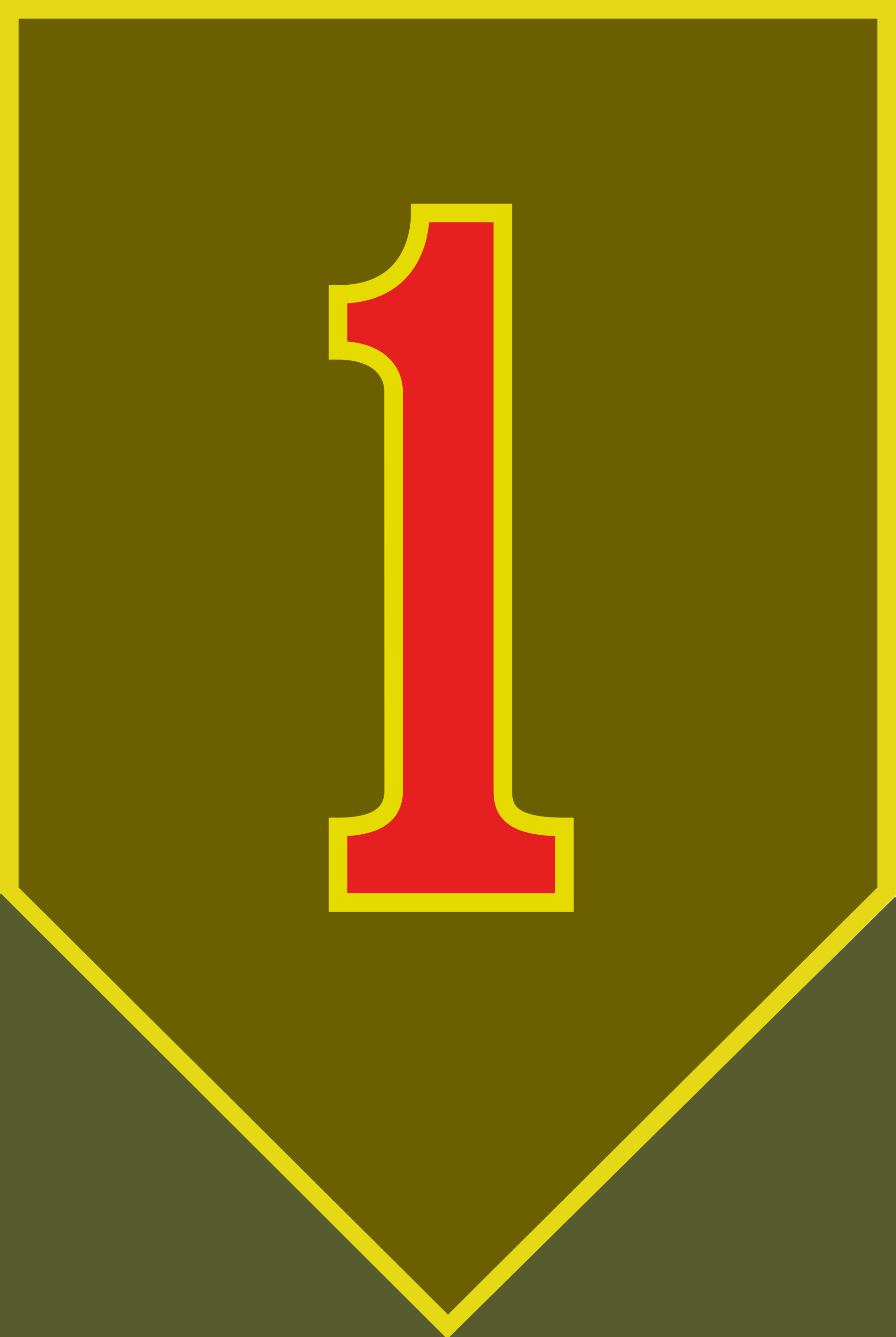
Order of Battle of the 1st Infantry Division "Fighting First Division", "Red One Division"
The "Red One" Division achieved a number of firsts in World War I: to arrive in France, to be at the front, to fire at the enemy, to raid, to suffer casualties and to be cited in General orders.
Thus, the insignia is a large, red numeral "one" on an olive drab shield.
The "Fighting First" were the first division to leave the States (New York) aboard the Queen Mary on August 1st, 1942 and arrived in Gourock, Scotland on August 8th, 1942. They then travelled by train to Tidworth Barracks to reorganize and re-equip. For two months they had amphibious training and departed Tidworth on October 22nd, 1942 for Operation Torch in North Africa...and landed November 8th, 1942 in Oran, Algeria for the first major U.S. operation in the war against the Third Reich.
The 16th and 18th Infantry Regiments were ashore at Arzew, the 26th Infantry Regiment landed at Les Andalouses. After Oran fell, the 1st Infantry Division made piecemeal advance across Algeria and Tunisia.
They will come back to England (Liverpool) almost a year later on November 7th, 1943. They then trained at the Assault Training Center, and participated in the two main amphibious landing rehearsals on Slapton Sands before D-Day.
On the 3rd of June 1944 they loaded onto craft from Portland harbor, a few days later, June 6th, 1944 Private Allen Robert Marion was due to celebrate his nineteenth birthday...
Motto: "Duty first"
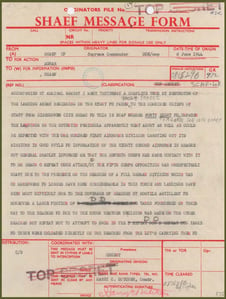
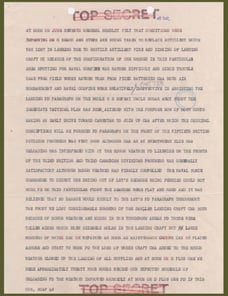
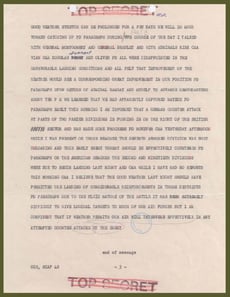 SHAEF Message from General Dwight D. Eisenhower to General George C. Marshall concerning the First Reports of the Normandy Landing
SHAEF Message from General Dwight D. Eisenhower to General George C. Marshall concerning the First Reports of the Normandy Landing
COMMAND & STAFF
Commanding General
5 November 1943 - Major General Clarence R. Huebner
7 December 1943 - Brigadier General Willard G. Wyman (Acting)
14 December 1943 - Major General Clarence R. Huebner
11 December 1944 - Brigadier General Clift Andrus (Acting)
13 December 1944 - Brigadier General Clift Andrus
17 March 1945 - Major General Clift Andrus
Assistant Division Commander
5 November 1943 - Brigadier General Willard G. Wyman
7 October 1944 - Brigadier General George A. Taylor
Artillery Commander
5 November 1943 - Brigadier General Clift Andrus
14 December 1944 - Colonel William E Waters
21 March 1945 - Brigadier General William E. Waters
Chief of Staff
5 November 1943 - Colonel Stanhope B. Mason
14 December 1944 - Lieutenant Colonel Clarence E. Beck (Acting)
7 January 1945 - Colonel Verdi B. Barnes
Assistant Chief of Staff G-1 (Personnel)
5 November 1943 - Lieutenant Colonel Charles S. Ware
One mission of G-1 (in general) beginning D+5 (June 11th, 1944) was to distribute the London edition of "Stars and Stripes", the original shipments were on ships which were difficult to locate and to unload, and though editions were four or five days late, they were eagerly received! Air lift for 75,000 copies daily of the edition were arranged beginning on June 19th, 1944 and resulted in front line troops receiving the paper within 48 hours of publication.
Another mission was to make plans for Postal Service in France which called for mail delivery and dispatch to begin on D+3. To provide adequate mail service to all troops on the continent prior to the establishment of the First U.S. Army rear boundary, two Postal Regulating Sections, twenty-two Army Postal Units and a detachment consisting of 4 officers and 100 enlisted men of the 17th Base Post Office were attached to the First U.S. Army. One PRS was scheduled to arrive on each beach (Utah and Omaha) on D+2 and an average of one Army Postal Unit on each beach daily thereafter until all were lifted to the continent.
Assistant Chief of Staff G-2 (Intelligence)
5 November 1943 - Major Robert F. Evans
9 November 1943 - Lieutenant Colonel Verdi B. Barnes
27 November 1943 - Major Robert F. Evans
15 April 1944 - Lieutenant Colonel Robert F. Evans
9 April 1945 - Major John H. Lauten
One mission of G-2 (in general) for several months before D-Day, in Bristol and in London was to know the enemy, his strength, dispositions, capabilities and intentions in the Cherbourg Peninsula and to put that information in the hands of those who could make use of it. All other work then, training, preparation for operation in the field, was secondary!
During the planning period the G-2 Section was made up of 15 officers and 21 enlisted men. For Operation "Neptune", no less than 16 intelligence teams were attached. The intelligence gathered by the G-2 Section was then published in various forms: plans, estimates, overlays and defense overprints.
Another mission supervised by a Senior Officer of Staff G-2 was the general supervision over prisoner of war interrogation on the continent. On D-Day two PWI team (Prisoner of War Interrogation) were loaned for the assault phase to V and VII Corps for the purpose of operating in the beach cages.
Meanwhile, the Army Signal Intelligence Service (S.I.S.) provided intelligence to the Army G-2 by interception and analysis of enemy radio transmissions. An organization consisting of four radio intelligence companies operated under the technical direction of the Army S.I.S. to produce a composite picture of enemy radio activities on the army front. Of the four companies, the 113th Signal Radio Intelligence Company was assigned to Headquarters First U.S. Army.
Assistant Chief of Staff G-3 (Operations)
5 November 1943 - Lieutenant Colonel Frederick W. Gibb
16 July 1944 - Lieutenant Colonel Clarence E. Beck
14 December 1944 - Major Kenneth B. Lord (Acting)
7 January 1945 - Lieutenant Colonel Clarence E. Beck
Assistant Chief of Staff G-4 (Logistics)
5 November 1943 - Lieutenant Colonel Verdi B. Barnes (Acting)
19 November 1943 - Lieutenant Colonel Clarence M. Eymer
14 December 1944 - Lieutenant Colonel Donald M. Curtis
One mission of G-4 (in general) was the organization and training of service troops. The G-4 Section assembled toward the end of October 1943 in Bristol with a strength of 10 officers, 1 warrant officer and 26 enlisted men, coming either from the Mediterranean Theater or from the States.
Studies were initiated early as to the number and type of service units which would be required to support the army. Every effort was then made to procure the nomination and assignment of units so that they could be trained in First Army methods. For example the Engineer Special Brigades were assigned on the basis of three: the 1st from the Mediterranean Theater and the 5th and 6th from the United States.
The 5th and 6th were selected for operations on the V Corps Beach and in order that their activities might be properly coordinated, a Provisional Engineer Brigade Group Headquarters was set up. The brigades trained as far as possible with the units with which they were going to participate in the operation. Opportunities for full dress rehearsals were provided (Operation Tiger tragedy...) and for the 1st Engineer Special Brigade, Operation FABIUS I. Preloaded coasters, LBVs and LCTs were provided for dress rehearsals to give practice in the unloading of supplies as it would occur on D-Day.
Assistant Chief of Staff G-5 (civil - military operations)
5 November 1943 - Lieutenant Colonel John M. Rogers, Jr.
15 August 1944 - Major Thomas F. Lancer
5 November 1944 - Lieutenant Colonel Thomas F. Lancer
One mission of G-5 (in general) was to advise the Commanding General on all matters pertaining to Civil Affairs and to plan for and supervise the operations of Civil Affairs Staffs of corps and divisions and Civil Affairs Detachment assigned or attached to the army.
To do so, Civil Affairs operations in Allied Territory was to assist achievement of military objectives by organizing such local activities within the area of military operations and secure:
- the restoration and maintenance of law and order and the stabilization of the civilian economy
- the assistance of the civil population to promote the military effort
- maximum availability of local resources to supplement military supplies
- the organization of responsible Allied civilian agencies to take over such relief and rehabilitation activities as the Allied Governments may direct
- a firm basis for reconstituted governmental agencies to assume increasing responsibilities
By General Order No. 3, dated October 23rd, 1943, a Civil Affairs Officer was designated for the First U.S. Army and on October 26th, 1943 there was appointed an Executive and Deputy Civil Affairs Officer. On November 4th, 1943 the Civil Affairs Officer was authorized to call in a few officers from ETO, COSSAC and the 1st Infantry Division.
Adjutant General
5 November 1943 - Lieutenant Colonel Leonidas Gavalas
11 February 1945 - Major Leander A. Dailey
Commanding Officer, 16th Infantry Regiment
5 November 1943 - Colonel George A. Taylor
15 July 1944 - Colonel Frederick W. Gibb
Commanding Officer, 18th Infantry Regiment
5 November 1943 - Colonel George Smith, Jr.
25 February 1945 - Colonel John Williamson
Commanding Officer, 26th Infantry Regiment
5 November 1943 - Colonel John W. Bowen
14 November 1943 - Colonel John F. R. Seitz
9 April 1945 - Colonel Francis J. Murdoch, Jr.
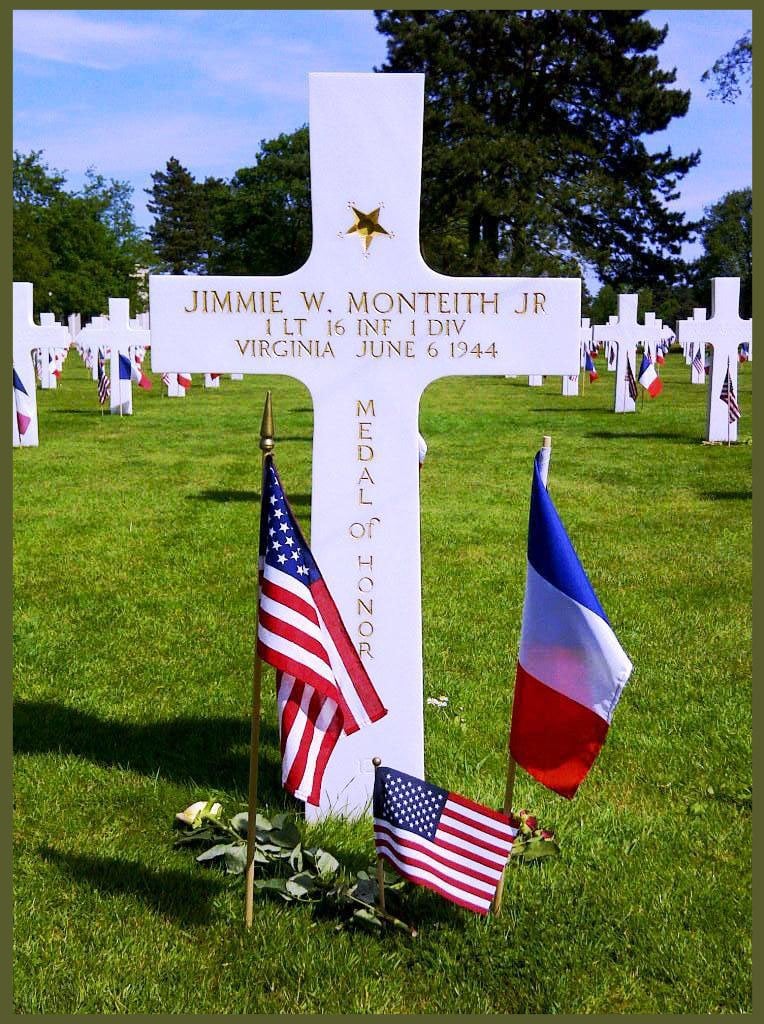
STATISTICS
Activated: 17 May 1917
Arrive ETO (European Theater Operations) 7 August 1942: departed United Kingdom for North African operation (Operation TORCH), arriving 8 November 1942, returned to United Kingdom 5 November 1943
Arrived Continent D-Day: 6 June 1944
Entered Combat D-Day: 6 June 1944
Days in Combat: 292
CASUALTIES (Tentative)
| Killed |
1,973 |
| Wounded |
11,448 |
| Missing |
951 |
| Captured |
631 |
| Battle Casualties |
15,003 |
| Non-Battle Casualties |
14,002 |
| Total Casualties |
29,005 |
| Percent of T/O Strength |
205.9 |
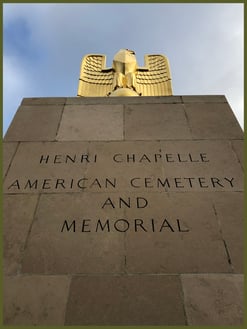
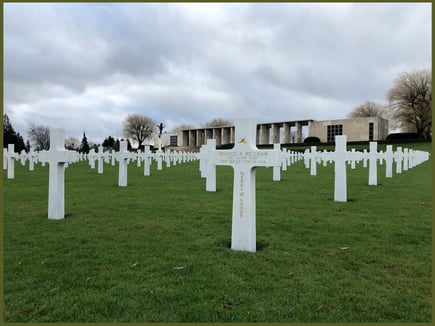
WWII CAMPAIGNS
Normandy
Northern France
Ardennes
Rhineland
Central Europe
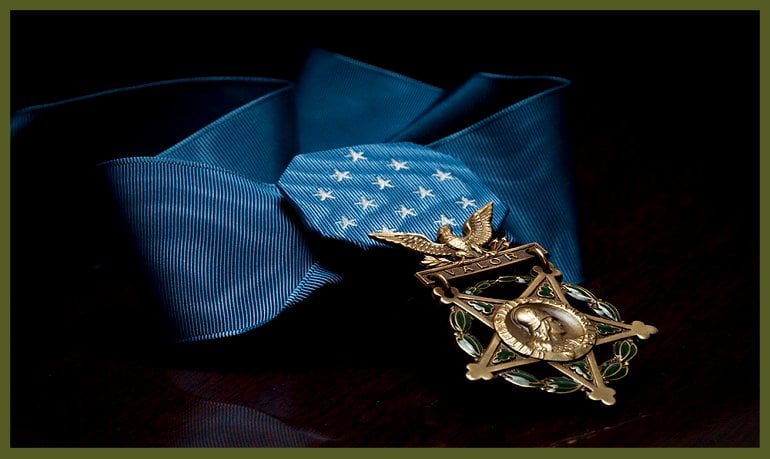
INDIVIDUAL AWARDS
| Medal of Honor |
16 |
| Distinguished Service Cross |
131 |
| Legion of Merit |
16 |
| Silver Star |
4,258 |
| Soldiers Medal |
100 |
| Bronze Star |
12,568 |
| Air Medal |
65 |
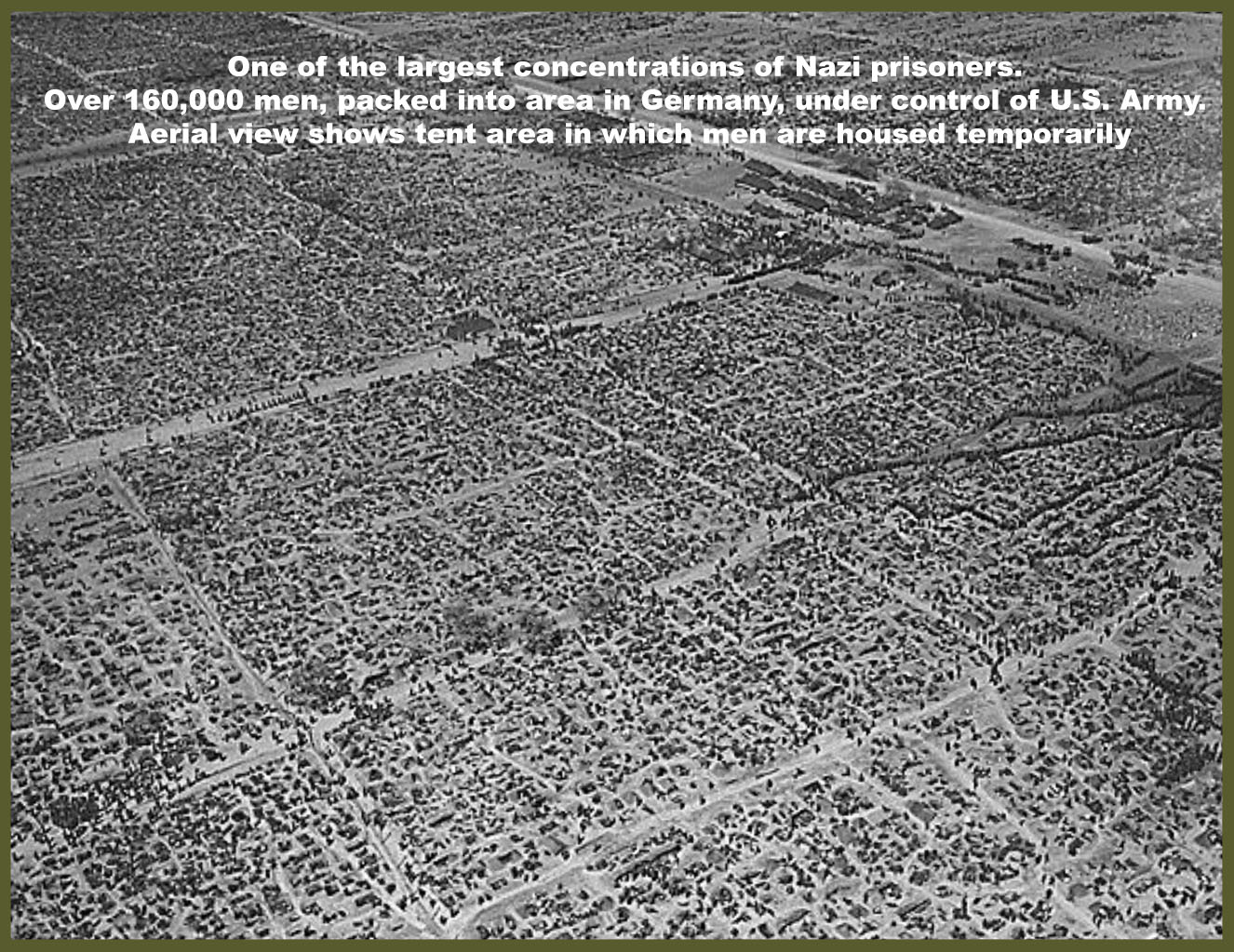 PRISONERS OF WAR
PRISONERS OF WAR
Number of prisoners of war taken: 188,382
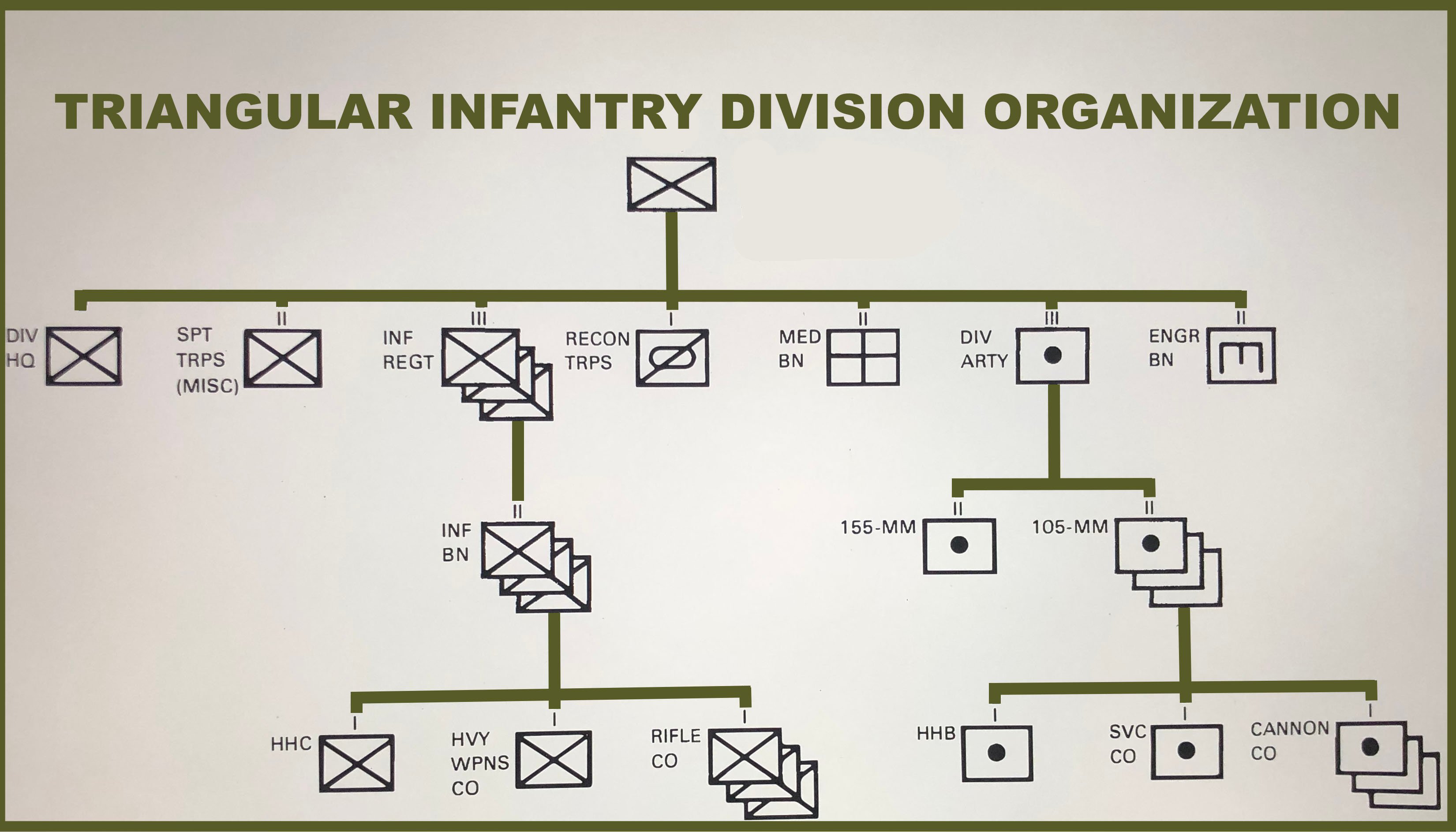
COMPOSITION
16th Infantry Regiment
18th Infantry Regiment
26th Infantry Regiment
1st Reconnaissance Troop (Mechanized)
1st Engineer Combat Battalion
1st Medical Battalion
1st Division Artillery
7th Field Artillery Battalion (105mm Howitzer)
32nd Field Artillery Battalion (105mm Howitzer)
33rd Field Artillery Battalion (105mm Howitzer)
5th Field Artillery Battalion (155mm Howitzer)
Special Troops
701st Ordnance Light Maintenance Company
1st Quartermaster Company
1st Signal Company
Military Police Platoon
Headquarters Company
Band
ASSIGNMENT AND ATTACHMENTS TO HIGHER UNITS
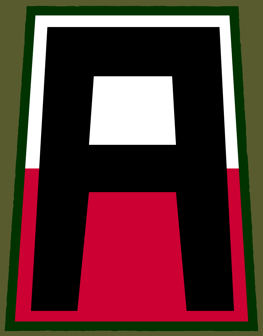
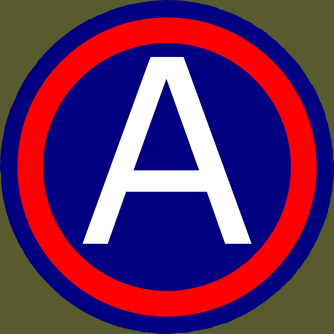
| Date |
Corps |
Army |
Army Group |
| 1 November 1943 |
|
First U.S. Army |
ETOUSA |
| 6 November 1943 |
VII |
First U.S. Army |
|
| 2 February 1944 |
V |
First U.S. Army |
|
| 14 July 1944 |
- |
First U.S. Army |
|
| 15 July 1944 |
VII |
First U.S. Army |
|
| 1 August 1944 |
VII |
First U.S. Army |
12th |
| 16 December 1944 |




